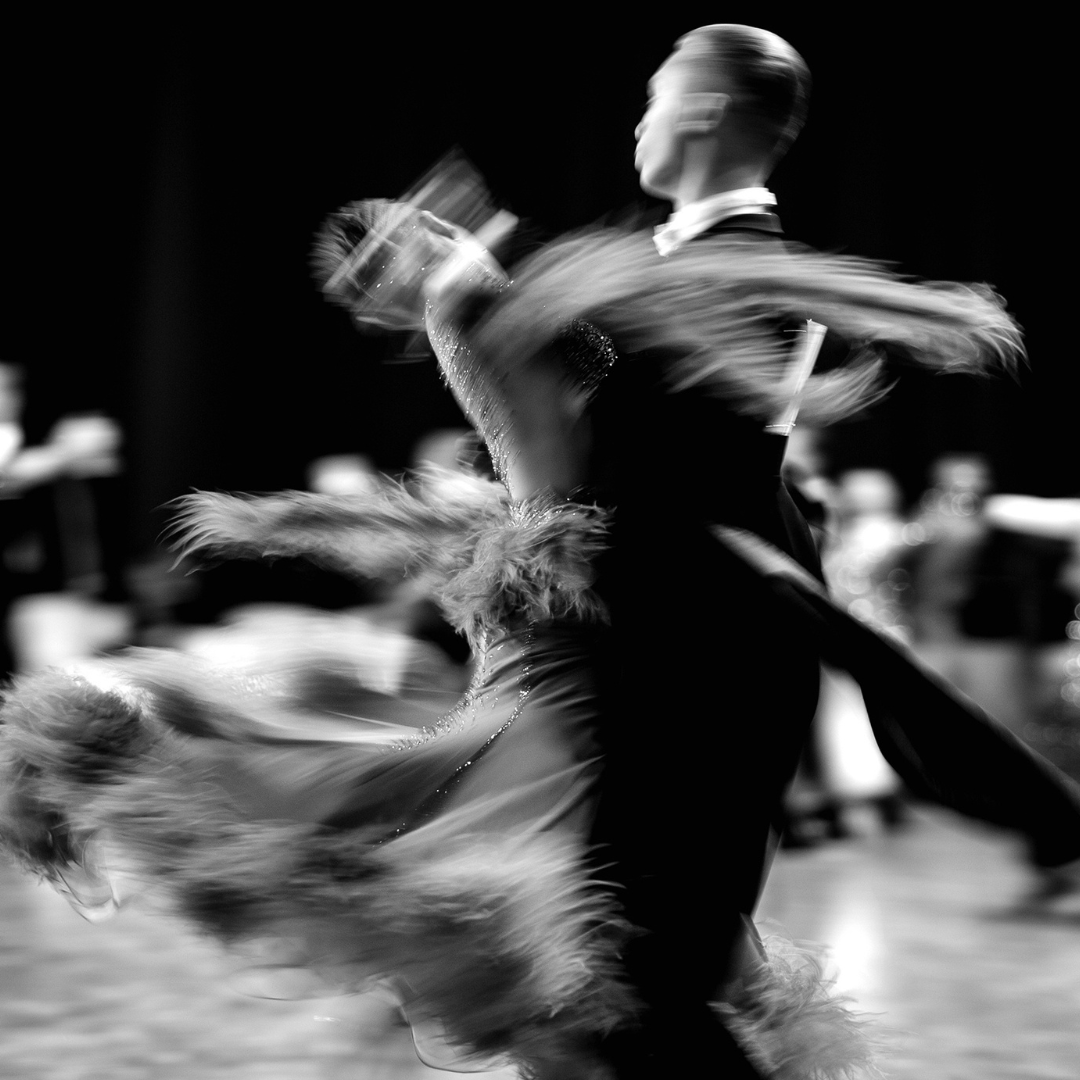Module One: S is for S.ITUATE
Module Two: P is for P.OPULATE
Module Three: A is for A.RTICULATE
Workbook Download
LESSON 3: THE SPACE/TIME CONTINUUM
Please log in to your account to access your courses.

